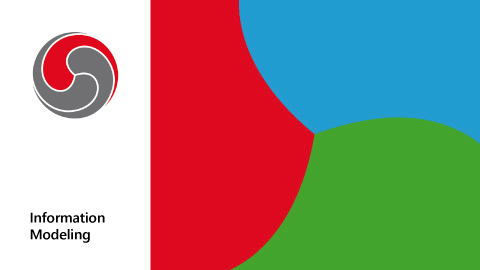
Information modeling
Design and create a fit-for-purpose digital reproduction
Design of the information model
It is a process used to define and analyze the information requests indicated in the information specifications and the information management plan. The design of the information model also involves the choice of software tools to be used to guarantee: quality, efficiency and effectiveness. The design of the information model must satisfy the requests for insertion, updating and addition of information over time. The data model resulting from the design activity is therefore the result of information requests, management requests and the possibilities offered by the software tools chosen. The software technologies adopted strongly influence the result that can be obtained in the design of the information model. In summary, the data model design should contain the definition of:Insertion and management of information in the information model
Once the data model has been defined, it is necessary to enter the specific information of the entity to be represented. Entering and managing geometric information and data is a process that can be complex, time-consuming and expensive. In this phase it is essential to ensure the consistency of the data entered with the specifications of the data model and with the physical entity that must be represented. Even in this phase, the technology adopted makes the difference in many ways: costs, consistency of information, speed, simplicity. Automated processes for the acquisition, processing and insertion of data into the information model should be preferred in order to minimize human intervention and error. In the case of designing a work, the ideal is that the design tools directly manage the creation and management of the information model or, if this is not possible, that they allow the transfer of information to a modeler, limiting human intervention to the minimum. In the case of topographic restitution, it is ideal that the sensors used transfer the information directly into the topographic software and that this directly manages the information model.SierraSoft BIM Modeling
SierraSoft BIM Modeling is the software extension for the information modeling of land and transportation infrastructures.